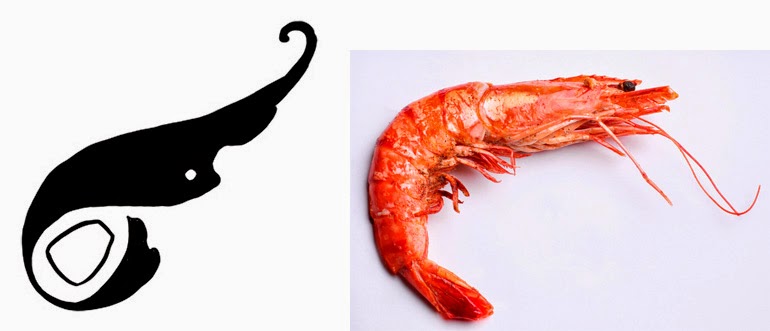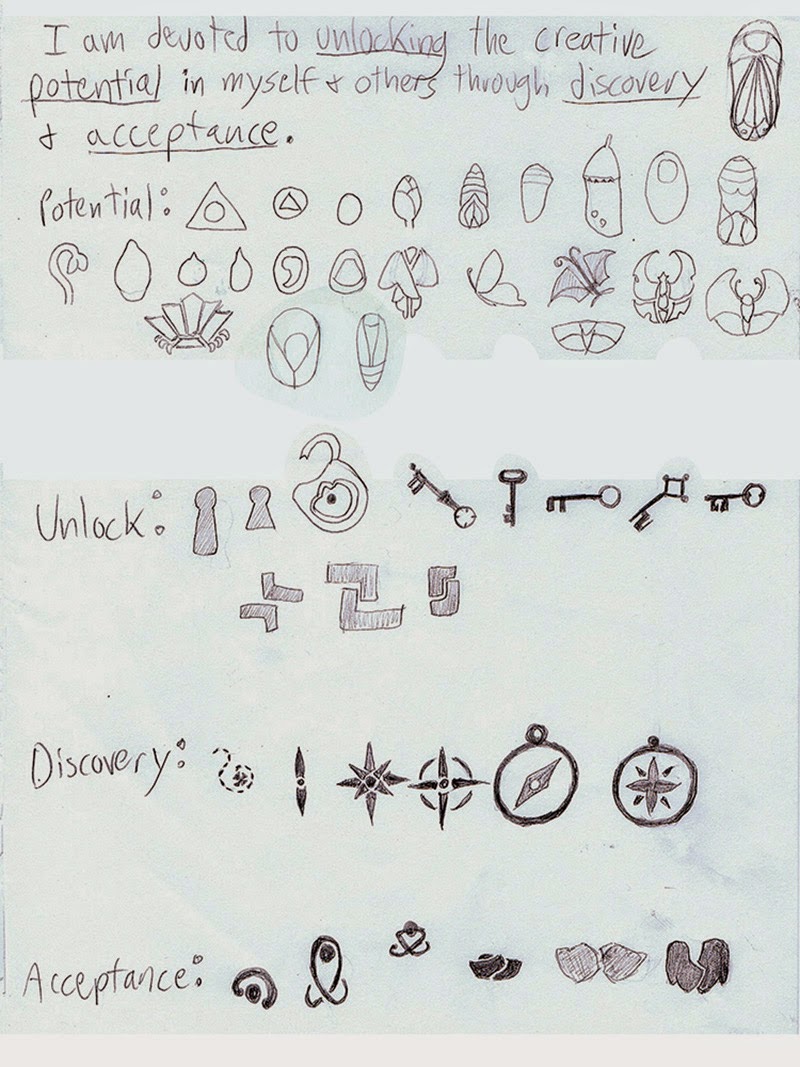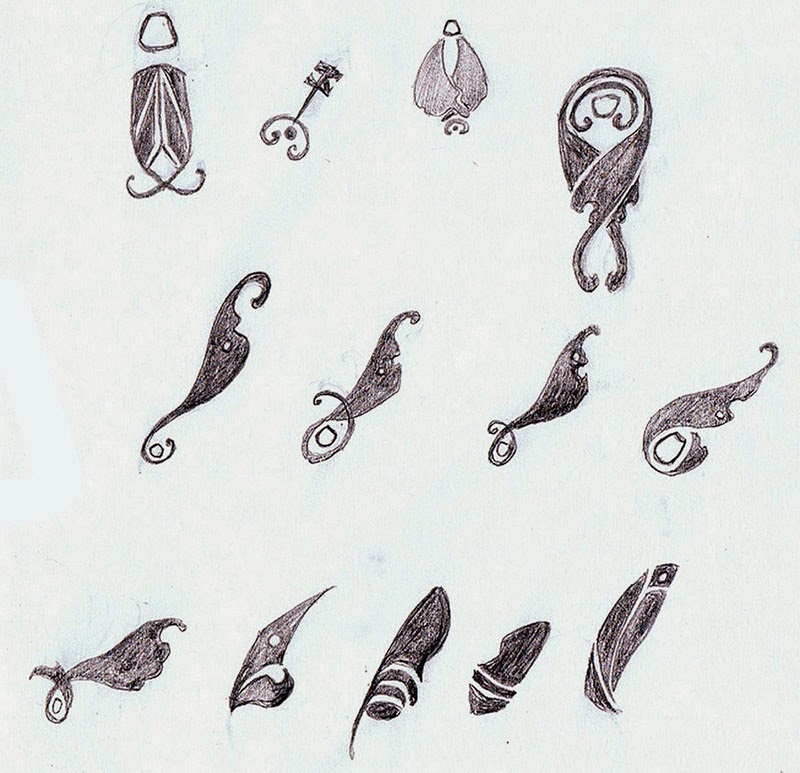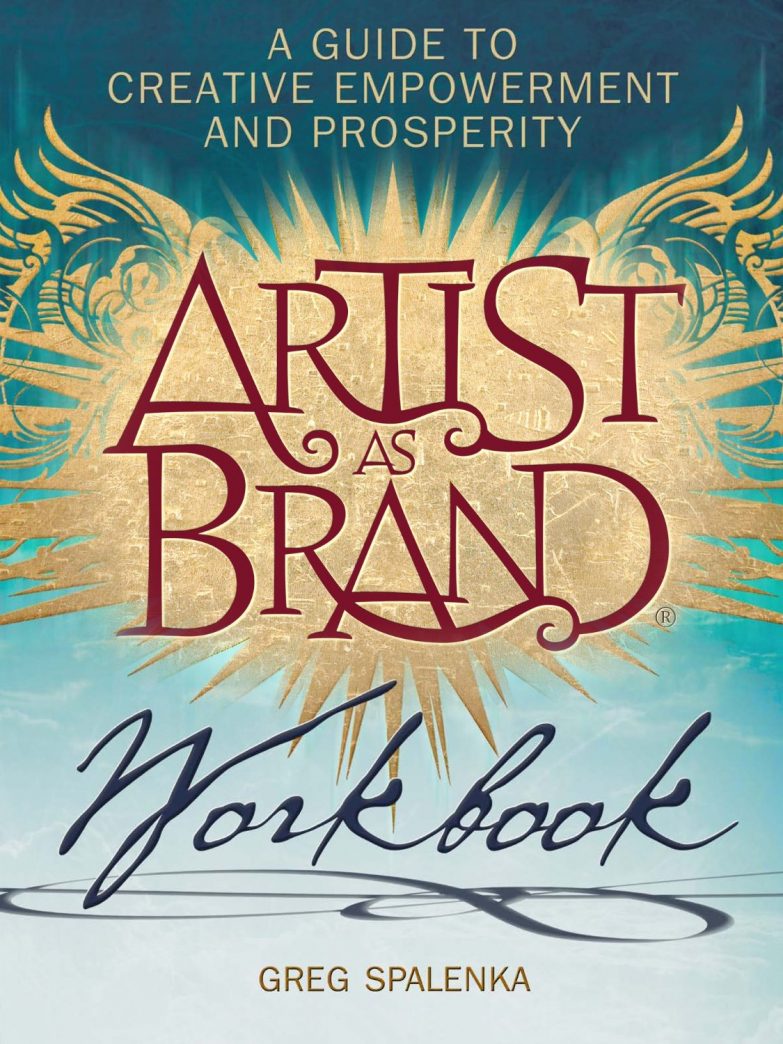It’s been awhile since I’ve done a read-along and I’m still working with some of the exercises in Artist As Brand before I can return to that one.
In the meantime, I’ve started reading The War of Art: Break Through the Blocks and Win Your Inner Creative Battles by Steven Pressfield . This book has been on the lips of a lot of independent artists I know as a must-read for motivational purposes.
Part 1 focuses on ‘resistance’. Resistance, as it is defined here, is a mercurial force that embodies our excuses, mental blocks, etc. and it comes purely from within and feeds purely from one’s own psyche. Pressfield breaks down all of the elements and characteristics of resistance in Book 1: Resistance – Defining the Enemy.
Do you say you’ll write your symphony, but that you’ll start tomorrow? That’s Resistance. Do you get caught up in a drama of life with you or your loved ones that keeps you from working on the things you really want to work on? That’s Resistance. Any form of self-sabotage or acceptance of external factors that keeps you from doing the grand, epic thing is Resistance.
My knee jerk reaction to Book 1 is that this is all pretty straightforward and unsurprising. It reads more as a collection of quotable anecdotes without solutions (which I know the future segments will go into in a deeper capacity). I also take some issue with the section which describes mental illness as a form of Resistance. And I quote:
“Attention Deficit Disorder, Seasonal Affect Disorder, Social Anxiety Disorder. These aren’t diseases, they’re marketing ploys. Doctors didn’t discover them, copywriters did. Marketing departments did. Drug companies did.”
“Depression and anxiety may be real. But they can also be Resistance.”
He’s not wrong in that sometimes we can get wrapped up in the drama and difficulty of depression and anxiety, but this feels awfully dismissive of genuine disorders of chemical imbalance or the validity of research that has helped us to understand behavior and treatment better than we have in the past. The large ‘but’ at the end doesn’t feel adequate to resolve that dismissiveness for this reader. If you need some helpful resources you can visit this site. Perhaps feeling annoyed or negatively towards some of these topics is all part of this book’s strategy to get us to feel defensive and start analyzing the reason why?
My sensitivity to this topic aside, there are also some great anecdotes I highlighted for my own inspiration. This was one of my favorites:
“Rule of thumb: The more important a call to action is to our soul’s evolution, the more Resistance we feel towards pursuing it.”
Truth, my friends!
While so far the voice of this book doesn’t connect with me as much as I’d hoped, it definitely has me examining my own sources of Resistance. Taking a deep, down look into our inner selves is what I consider to be strategic planning for artists. I know for me, my sources of Resistance look something like this:
- Confidence. I’m always afraid my skills aren’t up to par with the vision I have in my head, so I save my challenging products for the never-ending agenda of ‘later’.
- Flow. I get caught up by the fact I personally like to have large swaths of time to ‘get into a flow’, so when I know something is going to interrupt that flow (friends visiting, appointments, basically everything that is called interacting with the world, etc.), I get frustrated and don’t start a project.
- Envy. I look a lot at how motivated my artist friends who are further along than me in my career are and wonder why I can’t seem to be as motivated. This usually just sends me in a self-destructive spiral of ‘my work will never be good enough’ or an equally as damaging spiral of ‘if I work until my eyes bleed, surely I’ll get ahead?’.
The list could go on, but those are my top sources of Resistance right now that I shamefully admit to my dear readers.
I’m looking forward to reading the future sections which will hopefully move from this mood of ‘Be an inhuman machine and get over your problems instantly, you lazy, fragile human flesh bag’ and more into offering thoughtful solutions and dialog.
Onwards to Book 2: Combating Resistance – Turning Pro! In the meanwhile, I leave you with another of my favorite quotes:
“The warrior and the artist live by the same code of necessity, which dictates that the battle must be fought anew every day.”











